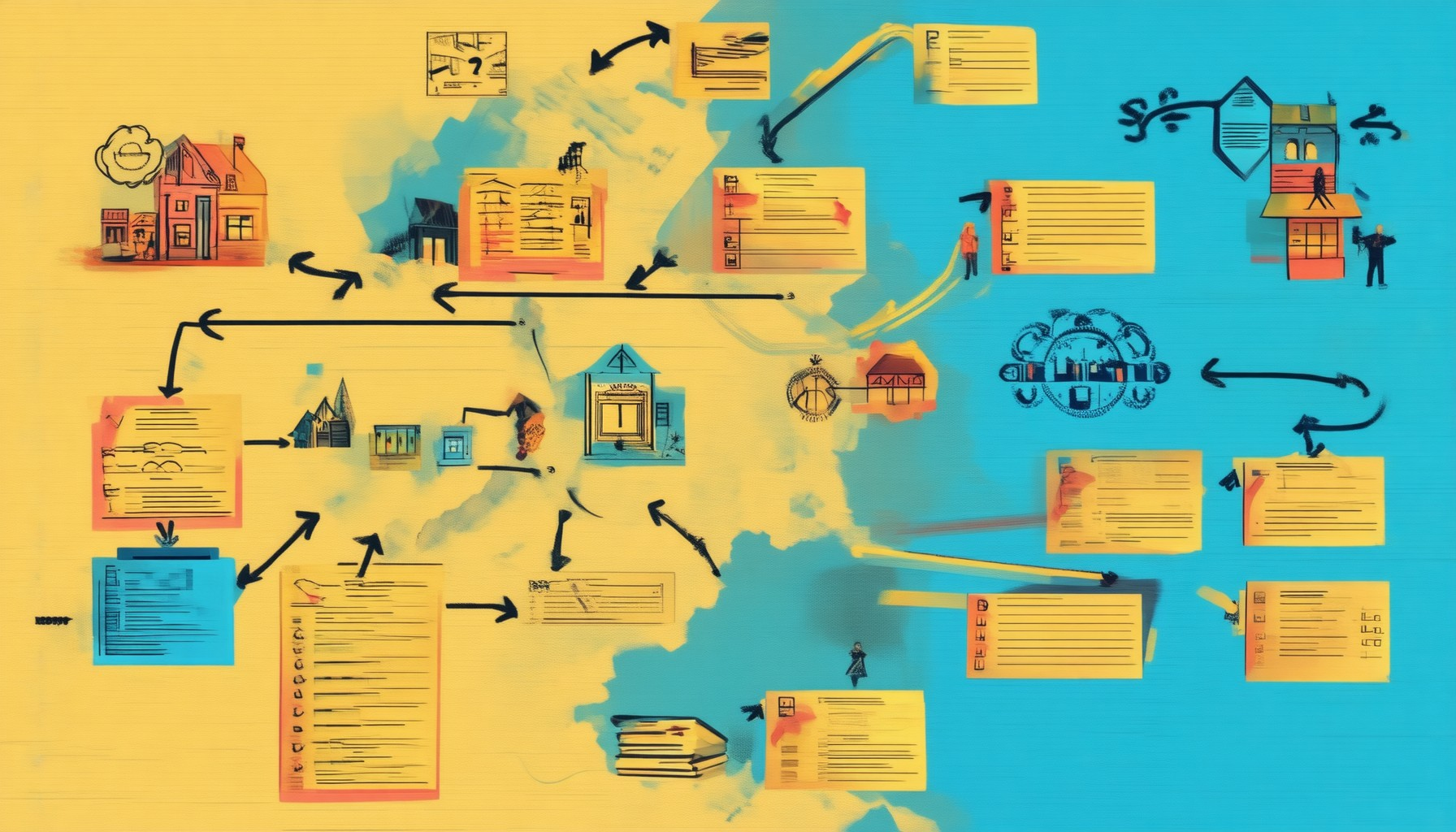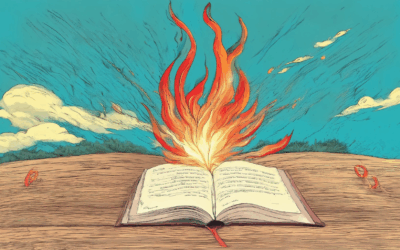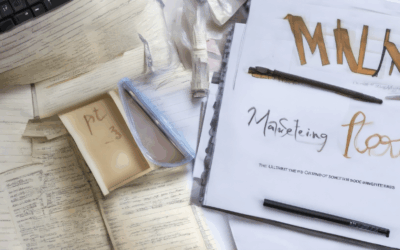In today’s digital age, storytelling isn’t just a luxury—it’s a strategic tool. Whether you’re crafting a marketing campaign, creating content for your brand, or simply sharing your passion online, the ability to master the narrative arc is essential. This unique structure, often referred to as the plot arc or story arc, serves as the backbone of any compelling story, guiding readers through a journey of emotions, insights, and connections. By understanding and applying the principles of a narrative arc, you can create content that captivates, engages, and resonates with your audience, ensuring your message sticks long after the page has been turned. From breaking down its core components to exploring real-world examples, this guide will walk you through everything you need to know to craft a narrative arc that captivates and converts.
Key Takeaways
– Craft a Compelling Narrative Arc: By understanding its essential components, you can create stories that engage readers and maintain their interest throughout.
– Leverage Examples Like Harry Potter: Learn how iconic stories are built, using examples that resonate with audiences and provide structural guidance.
– Follow a Structured Approach: Break down your story into clear phases—exposition, conflict, rising action, climax, resolution, and denouement—for a balanced and engaging narrative.
– Develop Through Rising Action: Escalate tension and deepen character connections to keep your audience invested in the outcome.
– Reach a Climactic Moment: Heighten stakes and reveal crucial truths to drive your story towards an impactful resolution.
– Conclude with Meaningful Resolution: Wrap up your story effectively, showing character growth and addressing subplots to leave a lasting impression.
– Incorporate Thematic Depth: Weave moral lessons and character development into your narrative for added layers of meaning and relevance.

What Are the 5 Elements of a Narrative Arc?
The narrative arc, often referred to as a story arc, is a structural device used to organize the progression of a narrative. It ensures that a story unfolds cohesively, engaging the audience effectively. Below are the five essential elements of a narrative arc:
- Exposition
The exposition introduces the setting, characters, and background information necessary to understand the story. It sets the stage for the plot, providing context and establishing the status quo. - Rising Action The rising action is the sequence of events that occur before the climax. These events escalate tension, develop character relationships, and move the plot forward.
- Climax The climax represents the peak of the story, where the central conflict reaches its highest point of tension. This is often the most pivotal moment in the narrative.
- Falling Action After the climax, the falling action resolves the main plotlines. It involves the winding down of the story, tying up loose ends, and returning characters to their normal state or preparing for a new beginning.
- Resolution The resolution concludes the narrative, providing closure. It can be positive, negative, or ambiguous, depending on the story’s requirements.
By mastering these five elements, writers can create stories that captivate audiences, maintain engagement, and leave a lasting impression. Each element plays a crucial role in shaping the overall structure of your narrative, ensuring that your story arcs are both meaningful and memorable.
What Are the 5 Parts of a Narrative?
A narrative is a story or account of events presented in a particular order. To effectively understand and analyze a narrative, it helps to break it down into its key components. Below are the five essential parts of a narrative:
- 1. Plot : The sequence of events that make up the story. This includes the beginning, middle, and end, which work together to drive the narrative forward.
- 2. Characters : The individuals or entities involved in the story, including the protagonist, antagonist, supporting characters, and minor figures.
- 3. Setting : The time and place where the story occurs. This can be a real-world location or an imagined world.
- 4. Theme : The central idea or message of the narrative. It often reflects the author’s perspective or insight into human nature and society.
- 5. Point of View : The perspective from which the story is told. This could be first-person, third-person, or limited omniscient, affecting how events and characters are portrayed.

The Five Stages of Narrative Structure
The narrative structure is a fundamental concept in storytelling that helps writers organize their stories effectively. Below, we explore the five key stages of narrative structure and how they contribute to creating a compelling and cohesive story.
1. Exposition
The exposition is the foundation of the story, serving to introduce the setting, characters, and the central conflict or theme. This stage sets the stage for the audience, providing necessary background information and establishing the tone of the narrative. Examples include opening scenes that introduce the protagonist, the world they inhabit, and the initial situation of the story.
2. Rising Action
Following the exposition, the rising action propels the story forward by introducing complications, conflicts, and challenges that the protagonist must face. This stage builds suspense and keeps the reader engaged as the stakes escalate. Key elements include the introduction of antagonists, the development of subplots, and the increasing tension leading towards the climax.
3. Climax
The climax represents the peak of the story, where the central conflict reaches its most significant point. This is often the turning point where the protagonist faces their greatest challenge or makes a critical decision that shapes the remainder of the plot. Examples include battles, discoveries, or moments of high emotional intensity.
4. Falling Action
After the climax, the falling action involves resolving the remaining subplots and winding down the story. This stage focuses on the aftermath of the climax, allowing characters to deal with the consequences of their actions and decisions. It also provides closure for secondary characters and subplots that may have been introduced earlier in the story.
5. Resolution
The resolution concludes the story by tying up loose ends and providing a sense of completion. This stage answers unanswered questions, resolves outstanding conflicts, and leaves the reader with a satisfying conclusion. The resolution can be explicit, as in a happy ending, or implicit, as in leaving the outcome open to interpretation.
Mastering the five stages of narrative structure allows writers to craft stories that are engaging, emotionally resonant, and structurally sound. By carefully planning each phase, authors can guide their audiences through a journey that is both entertaining and meaningful.
For more insights into storytelling techniques and narrative development, visit jameswhitfieldthomson.com and explore our comprehensive guides on writing and creativity.

Narrative Arc Example
A narrative arc is a sequence of events in a story that leads to a resolution, often involving character development and conflict. To illustrate this concept, consider the classic example of Harry Potter and the Sorcerer’s Stone . In this story, the narrative arc unfolds as follows:
- Setup : Harry discovers his magical heritage and is sent to Hogwarts School of Witchcraft and Wizardry.
- Conflict : He faces challenges such as making friends, dealing with bullies, and uncovering dark secrets about the school.
- Rising Action : Harry learns about the Dark Lord Voldemort’s return plans and embarks on a journey to prevent disaster.
- Climax : The final confrontation with Voldemort in the castle’s Great Hall.
- Resolution : Harry defeats Voldemort, ensuring peace, and returns to a hero’s welcome.
- Legacy : The story leaves room for future adventures, hinting at an ongoing battle against darkness.
This structure demonstrates how a well-crafted narrative arc engages readers, builds suspense, and satisfies emotional needs.
How to Build a Narrative Arc
A narrative arc is the backbone of any story, guiding readers through the journey of a plot. To construct an effective one, follow these steps:
1. Understand the Components
The narrative arc typically consists of six key components:
- Exposition: Introduces the setting, characters, and background information.
- Conflict: Presents the central problem or challenge.
- Rising Action: Develops tension and leads to the climax.
- Climax: The peak moment of conflict and emotion.
- Resolution: Concludes the main storyline.
- Denouement: Wraps up loose ends and shows the aftermath.
2. Craft a Strong Exposition
Hook readers early by establishing:
- Setting: Describe the time and place clearly.
- Characters: Introduce key figures with distinct traits.
- World-Building: Explain the rules of the universe.
3. Develop the Conflict
Identify the protagonist’s internal and external struggles:
- Internal Struggles: Personal fears or desires.
- External Challenges: Obstacles or antagonists.
4. Build Tension Through Rising Action
Progress the story by escalating:
- Plot Points: Use milestones to drive the narrative.
- Emotional Investment: Deepen character connections.
5. Reach the Climax
Resolve the central conflict with:
- High Stakes: Heighten the consequences.
- Revelation: Uncover hidden truths.
6. Conclude with Resolution and Denouement
Bring closure by:
- Resolving Subplots: Address secondary storylines.
- Character Growth: Show transformation.
7. Incorporate Themes
Weave underlying ideas throughout the story to give it depth:
- Moral Lessons: Reflect deeper truths.
- Character Development: Highlight growth.
By following these steps, you can create a cohesive and engaging narrative arc that captivates readers from start to finish.

The Structure of the Narrative Arc
A narrative arc refers to the sequence of events and character development in a story that culminates in a resolution. Below is a breakdown of its key components:
- Setup (Introduction): Introduces the protagonist, establishes the setting, and presents the central conflict or goal.
- Confrontation: The protagonist faces challenges or opposition, often leading to increased tension and conflict.
- Rising Action: Develops the plot by introducing complications, subplots, and character growth.
- Climax: The most intense moment where the central conflict reaches its peak, often involving a turning point.
- Falling Action: The plot moves toward resolution, with the protagonist working to resolve remaining conflicts.
- Denouement: Wraps up loose ends and shows the aftermath of the story, allowing characters to reconcile their experiences.
- Resolution: Concludes the story, often showing the protagonist achieving their goal or learning significant lessons.
This structure ensures a balanced and engaging narrative, guiding readers through the journey of the protagonist while maintaining their interest throughout the story.





0 Comments